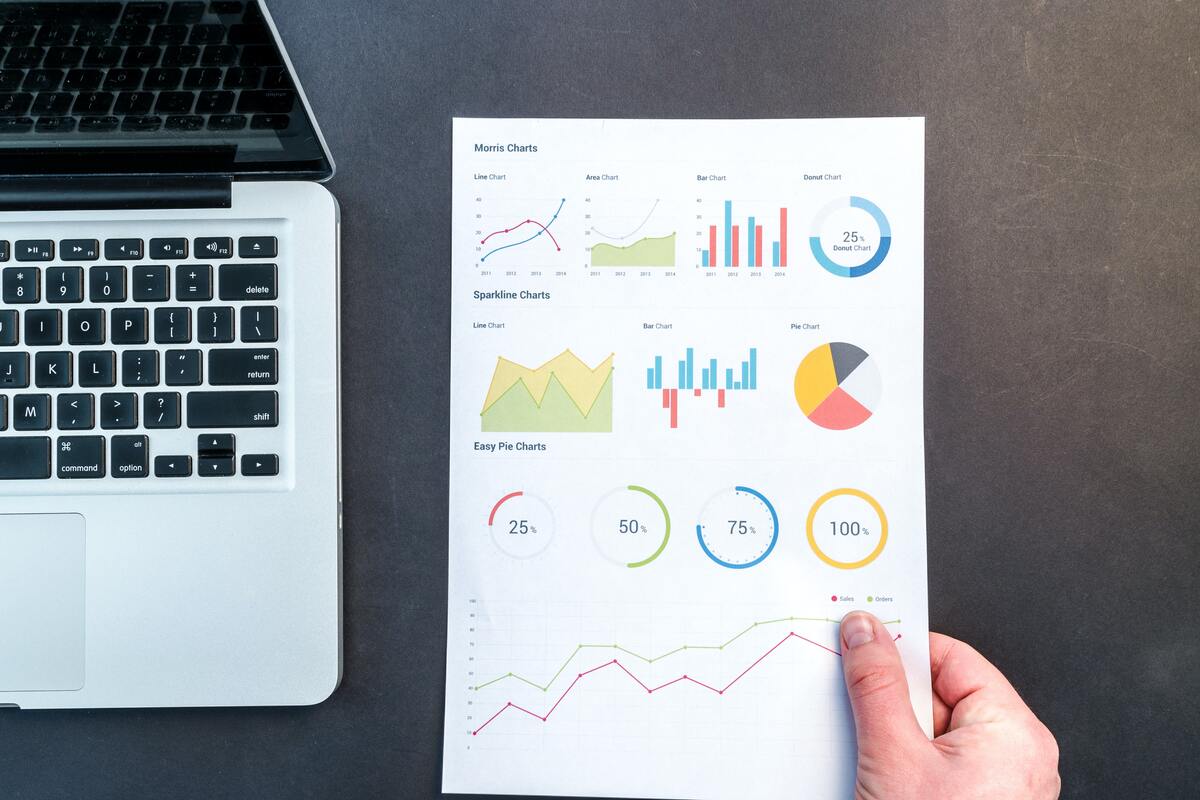Any business analytical tool should have as its main objective the analysis of data and the extraction of useful and commercially relevant information that is used to improve performance or outcomes. Business analytics tools are categories of application software that gather data from one or more enterprise systems and consolidate it in a repository, like a data store, for evaluation and analysis. Data analysis turns raw data into statistics, observations, and explanations used to inform business choices.
The basis of current company operations is data analysis. Since no solution can meet all needs, selecting the finest data analytics tool is difficult. Most businesses employ many analytics tools, such as spreadsheets with statistical capabilities, statistical software programs, complex data mining tools, and predictive modeling tools. Making the website more user-friendly for your visitors will assist you in moving it up the search results list. However, we cannot accept such a superficial response in the commercial world. Some data analytics tools require a license or a subscription, whereas others are free. Data analytics technologies that cost the most money are usually less complete.
Why Should You Analyze Your Website?
Website analysis offers input on the functionality and user experience of websites. Every organization wants to see more leads and money, and these two criteria are essential to achieving that goal. The gateway to your business is through your website. You can determine if a site serves your needs by thoroughly examining it. A website audit verifies that your site is accomplishing your business goals, whether they be to increase revenue, create leads, gather user data, or develop your brand. Every website, first and foremost, symbolizes the objectives of the business and, of course, provides customers with online service.
Additionally, businesses evaluate websites for a variety of purposes. For instance, they might understand how well their website performs or need to research how their rivals use their websites. The key is to understand that interpreting website data and making adjustments based on it require more than just data; it requires a system and a process.
Here are a few reasons why website analysis is important:
- A website analysis identifies parts of your website that need updating and improvement.
- Your data and outcomes may affect your efforts to increase traffic.
- It is not frequently discussed, but you can find relevant keywords and material to attract new visitors by analyzing your rivals’ websites.

Where Should You Start With Analytic Of Your Website?
We advise you to begin your analysis with the following four steps:
Realize Your Website Purpose And Goals:
You must know why you are doing anything like analyzing a website. You may notice greater than-average bounce rates across the board and want to figure out why to solve the problem. You may have published a new homepage that could be performing better. Alternatively, you may have noticed a decline in the SEO traffic to a few important web pages on your website. Whatever the reason, it’s critical to comprehend why you are reviewing your website. Finding your most practical method of analysis and the software you’ll need for it is one of the main goals.
Make The Perfect Journey For Your Website Map:
You must research and decide on the details of your ideal site visitors. It should make it easier to start speculating on the reason behind the breakup. This hypothesis will determine what type of website analysis you do. No matter what aspect of your website you are viewing, you have a basic or ideal scenario for comparing results. Here you can see an ideal map that includes every page in between that users need to visit, every micro-conversion that takes them further through your sales process, and every conversion number.
Take Some Resources For Testing:
The moment has come to investigate what is happening on your website through testing. One of the phases that most website analysis resources mention is that the procedure changes significantly depending on the kind of website analysis you’re performing—whether it’s a competition study, SEO analysis, a UX analysis, or something else. We must examine user behavior on your website to optimize performance. Looking at user behavior on your website using tools like heat maps and session data is possible. You may view statistical data in Google Analytics and other web analytics and analytics tools, such as scrolling and clicking activity, which also contains context and qualitative comments.
Analyze Everything At The Result: Causes And Solutions
The ideal scenario and the reality; When we reached this fourth stage, the two data sets were visible. The difficulty at this point is finding out the reasons for any discrepancies between the two and figuring out how to fix them to get the reality closer to your ideal state. Once you’ve considered the probable causes and remedies, it’s time to implement these changes. As you do so, keep an eye on your website to see how they affect your SEO, user experience, page speed, and other factors. Here is when routine website analysis with analytical tools gets started, assisting you in keeping track of advancements, spotting any new problems, and further optimizing your website.

Explaining The Variety Of Analytic Tools:
It is possible to classify website analysis tools like marketing, communication, and technical tools:
The first group includes social media marketing strategies and tools, while the communication group focuses on emails and technological tools to aid in analytics development.
Marketing Tools:
Now let’s focus on social media, a potent marketing tool. Instagram Fakelikeinfo gives users insight into how active all of your subscribers are and shows them how many likes and comments an Instagram account has received in reality. It will display useful data, such as the distinction between an active and inactive condition.
Communication Tools:
With the aid of mail charts, businesses can create and improve their cool emails to keep tabs on their rivals. Inspiring content and design will result from this strategy. Similarly, you can use Mxtoolbox to discover if your rivals have delivered spam to their clients and determine whether this strategy is worthwhile.
Technical Tools:
You can only acquire a great analysis if you look at competition analyses. For this reason, we advise you to focus on the tools for competitor analysis that will enable you to perform superior analytics. A great example is the Ghostery ad blocker, which has several incredibly useful features like knowledge and data on the trackers their rivals use.



